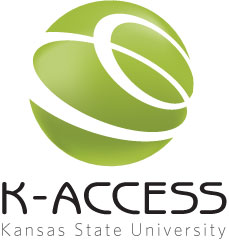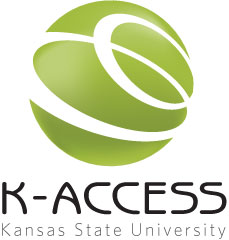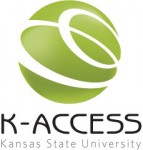This week is “K-State For ALL!” here at K-State. I encourage you to check out our list of events on the 2011 K-State For All webpage. Join us as we celebrate DiversAbility!
This month I would like to introduce a technology that is actually very commonplace in our society, although we do not always realize it. If you have ever spoken with a computerized operator on the phone with a large corporation, told your phone who to call with voice commands, used Google Voice, or played with voice recognition on your computer, you were using speech recognition (SR).
This technology has been around for many decades, though it has only become common in the last two. Many people with disabilities use this software to alter the computer environment to their needs.
- People who have limited use of their hands use SR to control the computer with their voice.
- People with learning disabilities often use SR to dictate a paper because speaking on a topic and voicing out a paper does not rely on their ability to spell.
- Many others simply find that speaking a paper is better for them than typing and allows for a better environment for processing and composing their thoughts.
Continue reading “AccessTech: Speech-recognition software diversifies the PC experience”



